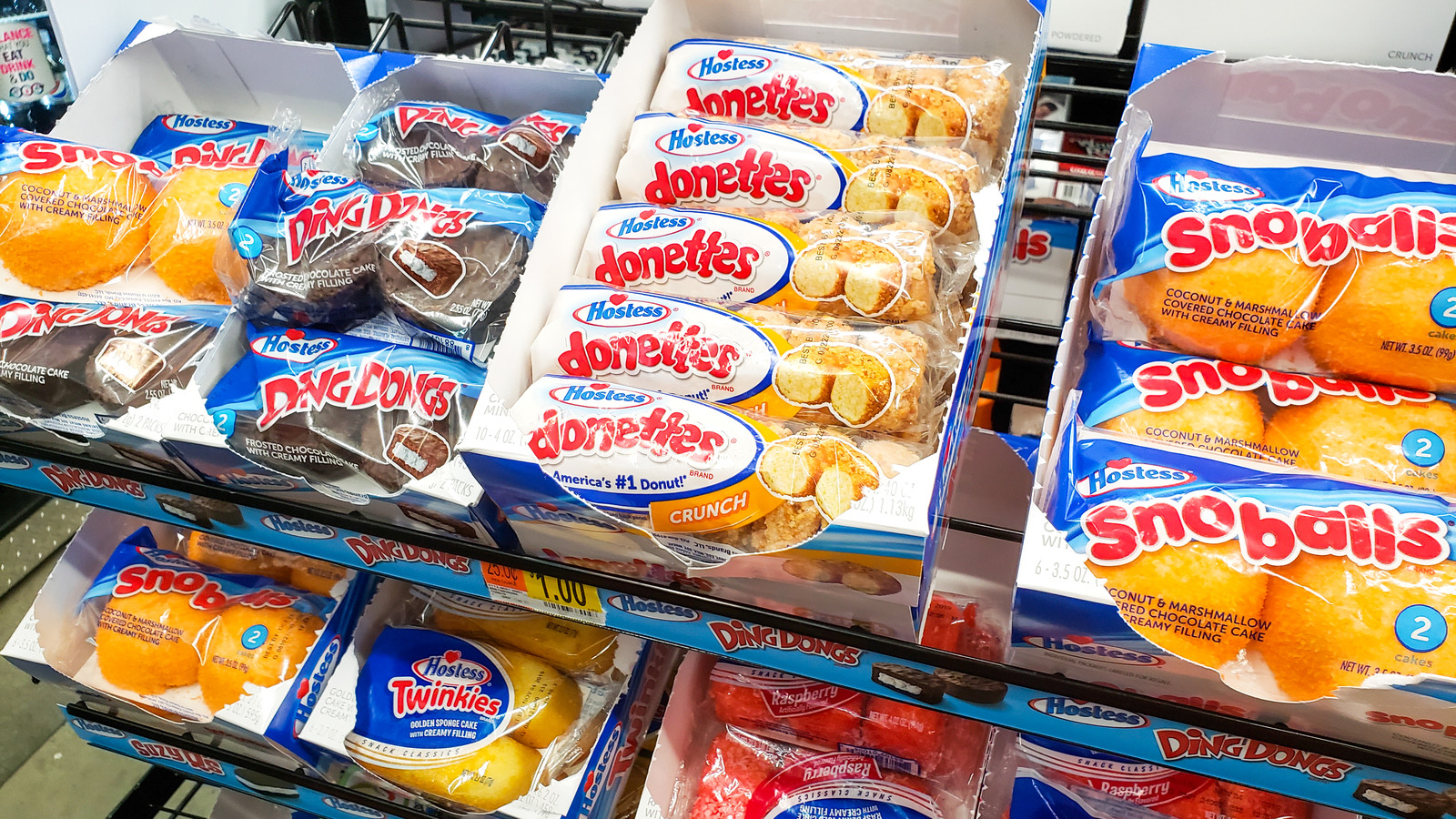Week 37: Brand Power
Okay, listen up, cupcakes, here’s a case study on the power of branding.
Way back in 1849, a small bakery opened on Broome Street in New York, operated by a family of Belfast immigrants named Ward. They were so successful that they eventually bought up multiple competitors and became the Continental Baking Company (CBC).
Meanwhile, out in Indianapolis, a family named Taggart was pioneering the provocative concept that pre-sliced bread made in a factory could be better and more convenient than what folks could make at home. In 1921, they proved their point with the launch of a product that would become the best-selling bread in the country for the next century. They called it ‘Wonder.’
That success drew the attention of CBC, and in 1925 it purchased Taggart and took ownership of Wonder Bread, as well as a few sweet treats like plain chocolate cupcakes sold under the product name, ‘Hostess.’
Skip forward 6 years and about 200 miles west, to a second CBC plant outside Chicago. A plant manager named James Dewar is overseeing the seasonal production of a strawberry shortcake product, and realizes that during the off-season he can use the idle machinery to make something else. He invents a simple sponge cake with banana filling. Based on an ad that he sees for ‘Twinkle Toe Shoes’ he names the product a ‘Twinkie.’
At some point around 1947, CBC bought a new machine for injecting filling into Twinkies (now no longer banana-flavored), and a company guy named Doc Rice figures he can use that same process to give the cupcakes a cream filling too. But then he went a step further and added an iconic white icing squiggle to the top. From that point on, all the company’s sweet products would carry the ‘Hostess’ name, from Ding Dongs to Sno Balls to Fruit Pies to Ho Hos.
Now the company was really cooking, and it would be wildly successful for the next 50 years. So successful, in fact, that it eventually became the target of yet another company, the Interstate Baking Company (IBC), which had gotten its start in the basement of a Kansas City church way back in 1905. In 1995, IBC bought CBC, and then unfortunately they took their eye off the oven, resulting in 2004 with the longest-running bankruptcy and restructuring in American history.
But just as Twinkies never go bad, the Hostess brand was too strong to kill. In 2009, the company resurfaced as Hostess Brands, with NASDAQ company symbol TWNK. And then the company endured yet another protracted bankruptcy caused by a brutal Teamster’s strike, during which time all Hostess products disappeared from store shelves for 6 months before a new investor brought the company back in what was billed as “The Sweetest Comeback in the History of Ever.”
That was 10 years ago. This past week came the news that Hostess has been bought yet again, this time by J.M. Smucker, maker of jellies and jams and Jif peanut butter, for over $5 Billion. The deal was clearly unappetizing to investors, with Smucker shares falling and Hostess rising. Smucker’s leadership replied that they’ll save $100 Million in ‘synergy’ – corporate-speak for shuttering plants and laying off people – and they remain confident in the sweet tooth of customers.
Meanwhile, over at Smucker’s advertising agency, Publicis – which ironically touts its own proprietary communication methodology, ‘The Power of One’ – the gang is probably in a bit of a panic wondering how to deal with all these brands…
And given the reaction of Wall Street to the deal, and the proven unstoppable overwhelming strength of the Hostess brand to date…
I offer a humble thought-starter for consideration…
It’s sort of inevitable…
“With a name like Smucker…um…it has to be renamed Hostess.”
